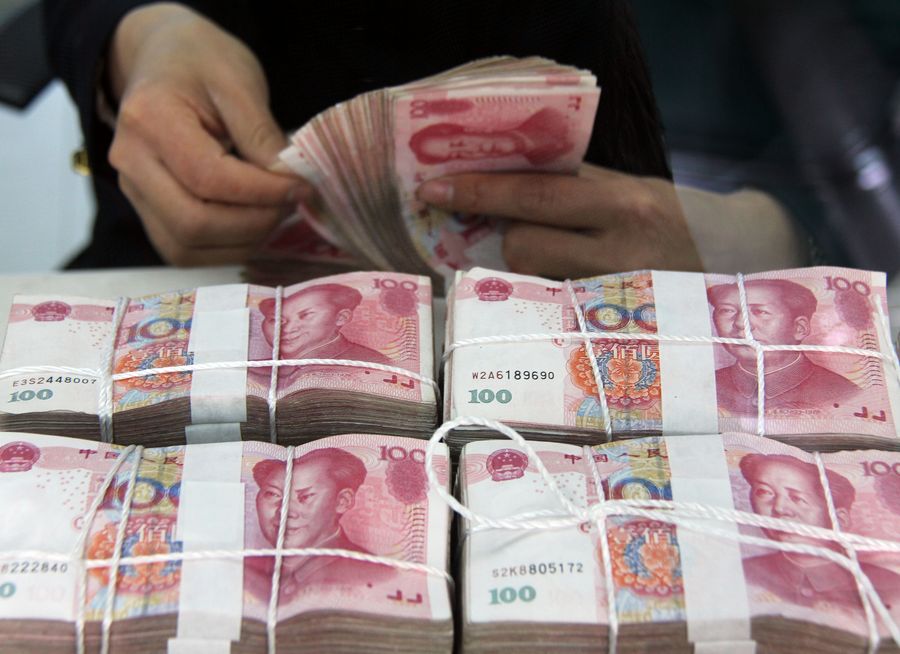Real economy finds strong support
 0 Comment(s)
0 Comment(s) Print
Print E-mail China Daily, August 12, 2021
E-mail China Daily, August 12, 2021

China's financial sector maintained strong support for the real economy, while the central bank slightly slowed money supply amid concerns about inflationary pressures building up, showed July's financial data from the People's Bank of China on Wednesday.
The outstanding total social financing, which measures all funds moved from the financial sector to the real economy, increased to 302.49 trillion yuan ($46.64 trillion) in July, up 10.7 percent year-on-year.
The outstanding renminbi-denominated loans to the real economy rose by 12.4 percent year-on-year to 185.38 trillion yuan, PBOC data showed.
Ruan Jianhong, the PBOC's spokeswoman, said earlier that the credit supply this year will continually focus on serving the real economy. The financial sector maintains strong support for manufacturing, infrastructure and the services sector except for the property sector.
The PBOC's data showed that China's new yuan-denominated loans totaled 1.08 trillion yuan last month, up 90.5 billion yuan from the same period last year.
The PBOC's loan breakdown for the second quarter indicated that the year-on-year growth of outstanding loans to the property sector fell further to 9.5 percent at the end of June, down from 10.9 percent at the end of March.
It can be seen as evidence of further progress made on China's dual-circulation development pattern that will divert more funding away from the property market and toward the real economy, like the high-tech manufacturing sector, said Lu Ting, Nomura Securities' chief economist in China.
Meanwhile, the M2, a broad measure of money supply that covers cash in circulation and all deposits, increased 8.3 percent year-on-year to 230.22 trillion yuan at the end of July. M2 grew 8.6 percent year-on-year in June, according to the central bank.
Compared with last year, the money supply has slowed amid the continual economic recovery, which also indicated that China did not resort to excessive monetary easing to hedge slowdown risks amid the COVID-19 shocks, said Lou Feipeng, a senior economist at Postal Savings Bank of China.
The central bank said in the latest quarterly report on its monetary policy that the key to containing inflation is control of money supply. And it normalized money supply since May 2020, ahead of other major economies.
The PBOC has been aware of the surge of producer prices and predicted they may persist at a high level in the short term.
But the inflation pressure is controllable and the producer price index will probably fall back as the (low) base effect fades and global supply production recovers, the central bank said in the quarterly report.






Go to Forum >>0 Comment(s)